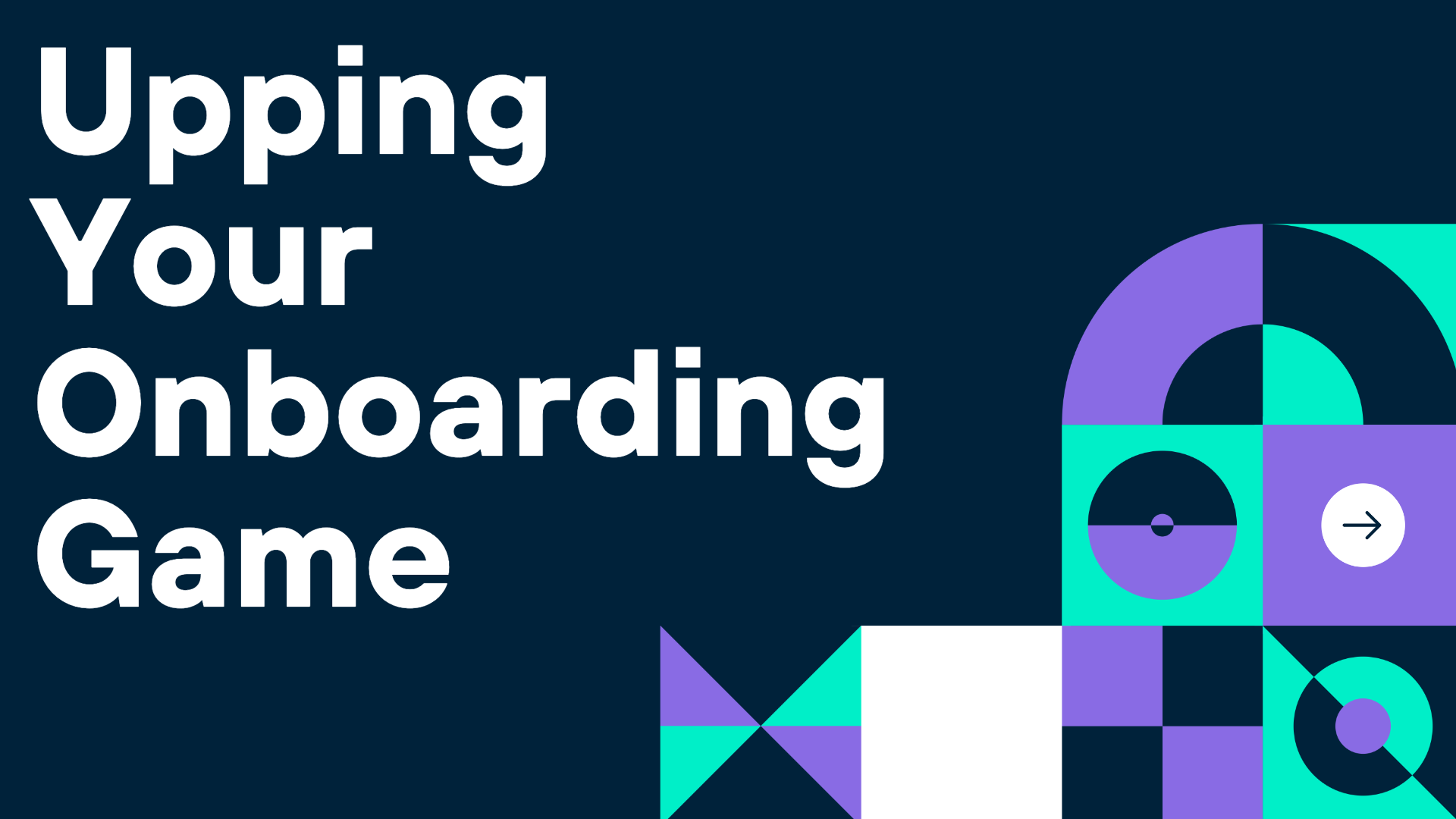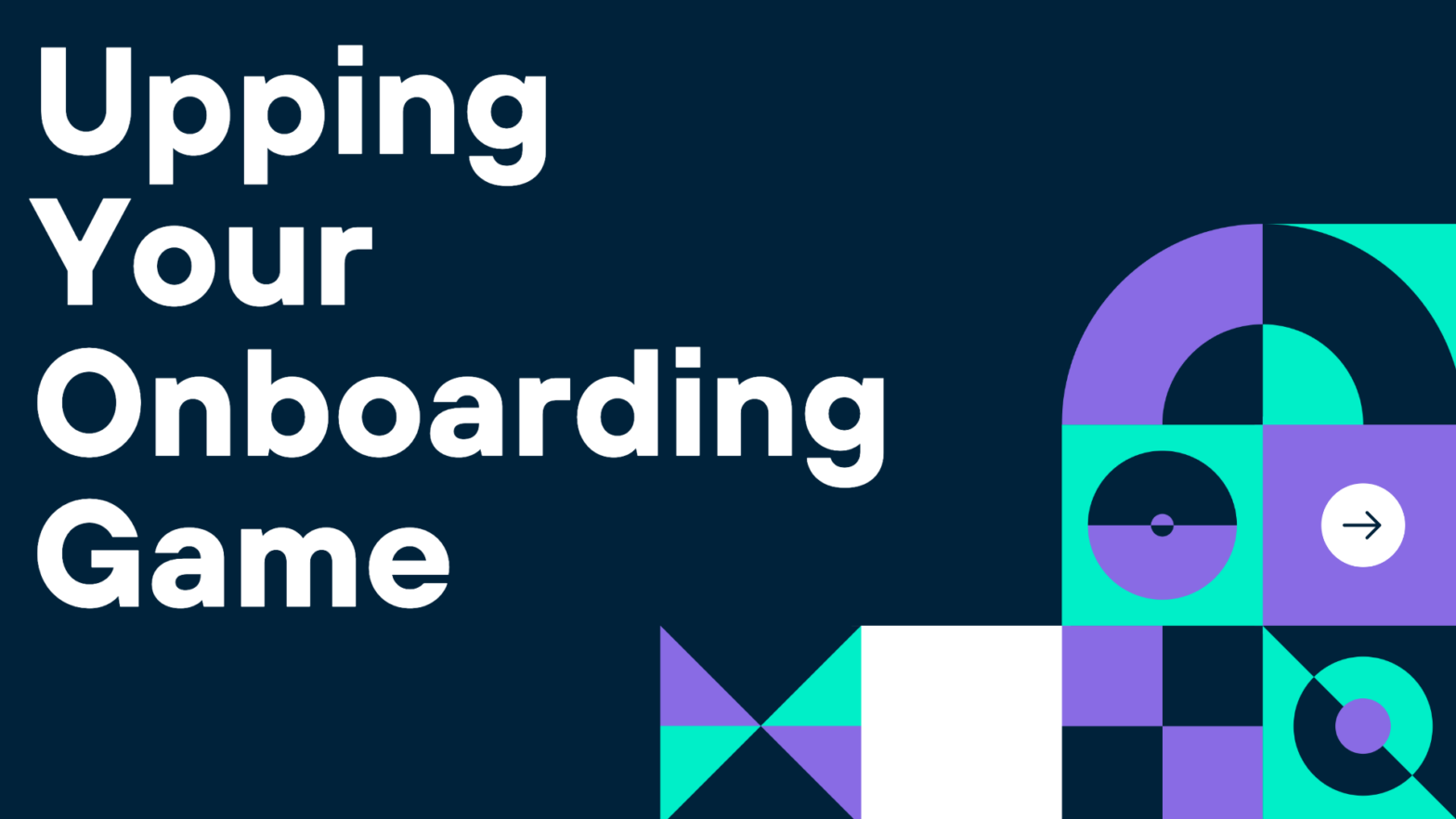Why Upping Your Onboarding Game is More Important Than Ever Amid the Great Resignation
Key Points:
- Onboarding is an integral process that allows you to acclimate new hires into your culture and offer the necessary resources and knowledge to help them succeed.
- According to a report by Glassdoor, onboarding correctly can boost employee retention by 82% and increase productivity by 70%.
- One way to enhance the employee-onboarding process is to leverage technology to automate most manual processes.
- Utilizing the right technology will eliminate the heavy manual, time-consuming admin work for your HR team and streamline the entire process.
- Since new hires need more guidance on performance management and connection to the organization’s culture, technology can be an excellent tool.
Glassdoor reports that an efficient onboarding process increases employee retention by 82%, boost productivity by 70%, and improves workers’ experience from day one. According to the survey, a smooth transition into new roles sets new hires up for success and helps them maximize productivity.
However, manually handling the process can be tedious, time-consuming, and involve hefty administrative work for your HR team. To make onboarding more efficient, your company can leverage technology that automates as much of the process as possible.

Why Efficiency is Critical During Onboarding
Potential employees have the upper hand in the job market today. Many job seekers are not hesitant to ghost a company and its HR department if something better comes along.
The job market today is quiet and has reinvented the very fabric of how businesses hire candidates.
Workers expect more than a paycheck and standard benefits. People want work that’s meaningful and fulfilling and one that accommodates their personal lives. Efficient onboarding can help businesses find and retain the right talent, among other benefits, including:
1. Improves Employee Experience
The first impression has a huge impact on new hires. After all, starting a new job can be nerve-wracking, and your employees will constantly examine if they made the right career choice.
A smooth onboarding process can be your first step in creating a positive long-term employee experience. If you prioritize employee development right off the bat, immerse them in the company’s culture from day one, and conduct regular check-ins, you communicate to the new hires that you value their experience at the workplace.
Consequently, you’ll promote job satisfaction, set the new hires up for better performance, and reduce the chances of ghosting, which will work well for your company and the employees.
2. Lowers Employee Turnover Rates
Amid the great resignation, attracting and retaining top talent is a priority for many businesses. Every company is rethinking its processes, culture, and approach to align with its employees’ needs.
With over 20% of turnovers happening within the first 45 days of employment, you cannot expect the future to look like the past. You need to prioritize new hires because turnovers are costly, given the effort and resources that go into filling positions and the vacancy period.
While some turnovers are inevitable, a recent study shows that you can maximize the lifetime value of your employees from the start.
3. Simplifies the Recruitment Process
New employees with good onboarding experience are more likely to recommend you to others in their network. A positive experience during onboarding can lead employees to promote the company’s culture and benefit, making recruitment efforts easier.
If a new worker has a bad onboarding experience, they would be less likely to recommend you to others in their network. Unhappy hires may also post negative reviews on employer review sites and damage your reputation, which might force you to put in more hiring effort.
4. Better Employee Engagement
An efficient onboarding process immerses new employees in your company’s culture from day one. Employees get to familiarize themselves with your company’s mission, vision, goals, culture, and values, and it makes them understand their role and how to contribute to your success.
Increased worker engagement can boost productivity, lower turnover rates, and decrease absenteeism.
How You Can Streamline Your Onboarding Process
No question onboarding is one of the most challenging aspects of HR jobs. However, you can make the process more manageable and ensure new hires get a positive start by implementing the following onboarding best practices.
Preboard New Hires
Preboarding is starting to onboard hires before their first day. Your business can get new hires excited about their new job by engaging them before their start date. Effective ways to engage new hires during the preboarding process include:
- Reaching out to your new hire for an informal introduction
- Sending them a welcome message or package
- Providing them with the company’s mission statements, culture decks, and employees’ handbook
- Encouraging new hires to ask questions they might have
- Sending the onboarding schedule via email to know what to expect
Taking care of these tasks before the employee’s first day will ease their workload in the first week.
Offer All Necessary Work Equipment
Identify all the accessories and devices the new hire will need for their position and ensure they’re ready before the first day. Your HR team should ensure new team members have active accounts on all company apps and that all settings are in order.
Most businesses don’t prepare and leave the new hires waiting for the IT team to set up everything during the first day, which might create a bad impression. To avoid such inconveniences, you can automate the device provisioning and use the right technology to assign accounts.
Deploy a Job-Specific Training Plan
You should have an effective training plan to help new hires stay focused and develop the necessary skills to execute their role successfully. An ultra-specific training program will help your new employee stay on track and have a clear path for advancement within the company.
You can ask the employee about their goals and aspirations before administering training so that you can tailor the plan to their needs.
Request for Feedback
You can get critical insights on improving your onboarding process from past experiences. Feedback from employees and managers will help you evaluate the efficacy of your current onboarding process, as they’re in the best position to know what works and what doesn’t.
You should gather feedback from new employees while their experience is still fresh to get better insights.
Technology Can Help You Streamline Your Onboarding Process
Onboarding doesn’t have to be a time-consuming, tedious, manual process. Your HR team can utilize the appropriate technology to smoothen the experience of hiring and managing new employees.
You can automate tasks, streamline onboarding requests, automate device procurement and provisioning, and centralize user management and tracking with the right solutions.
